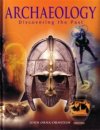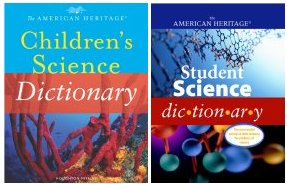An Ancient Childhood Additional Information
You can learn more about the research done by Jamie Anderson Waters at www.napa.ufl.edu/2005news/ancientkids.htm (University of Florida).
For glimpses of the history and archaeology of St. Augustine, see www.flmnh.ufl.edu/staugustine/intro.htm (Florida Museum of Natural History, University of Florida).
For additional information about children in history, go to www.h-net.org/~child/SHCY/useful_links.htm (Society for the History of Children and Youth) and www.digitalhistory.uh.edu/do_history/young_people/index.cfm (University of Houston).
Books recommended by SearchIt!Science:
 |
Archaeology: Discovering the Past — John Orna-Ornstein
Published by Oxford University Press, 2002.
Though people throughout history have been fascinated with searching for and finding ancient objects, the science of archaeology began when people started recording their finds and trying to explain them. This introduction to archaeology begins by mentioning famous discoveries, such as the Incan civilization, Pompeii, Ur, and Tutankhamen’s tomb. Then, the book goes more in depth, describing the methods archaeologists use to glean information from ancient trash, the tools archaeologists use in excavation, the challenges of reconstruction and conservation, underwater archaeology, how scientists date objects, mummies, and more. The book explains how we know what we know about ancient cultures. |
Power Words
amber A clear, brownish-yellow material that is the hardened resin of ancient trees. Amber often contains fossils of insects.
anthropology The scientific study of humans. Anthropology includes the study of how humans behave and how the first humans developed.
archaeology The scientific study of past human life and culture. Archaeology includes the study of ancient cities and the tools, clothing, and pottery that people made and used.
Copyright © 2002, 2003 Houghton-Mifflin Company. All rights reserved. Used with permission.
